Few people think of finding a summer job while bundled in scarves, coats, and gloves as they attempt to maneuver roadways and 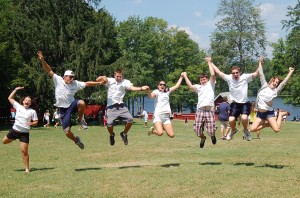 college campuses after the latest snowfall. However, whether 2011 is the first time you’re considering a summer camp position or you’re a seasoned veteran, February is exactly the time to start the process of securing summer employment, if you haven’t already done so. Many camps attend campus recruiting fairs in order to assemble the perfect staff. So why should you attend one of these fairs or complete an online application now? To begin with, a camp job is definitely fun, but also a lot of work…so be prepared! Where else can you get paid to play all day while building valuable job skills? Whether you work in a specific area and focus on a sport, activity or hobby you love or you work as a counselor who travels from activity to activity with campers, your day is full of exciting challenges and a probably even a few surprises, both of which will develop your problem-solving, critical thinking, and negotiation skills.
college campuses after the latest snowfall. However, whether 2011 is the first time you’re considering a summer camp position or you’re a seasoned veteran, February is exactly the time to start the process of securing summer employment, if you haven’t already done so. Many camps attend campus recruiting fairs in order to assemble the perfect staff. So why should you attend one of these fairs or complete an online application now? To begin with, a camp job is definitely fun, but also a lot of work…so be prepared! Where else can you get paid to play all day while building valuable job skills? Whether you work in a specific area and focus on a sport, activity or hobby you love or you work as a counselor who travels from activity to activity with campers, your day is full of exciting challenges and a probably even a few surprises, both of which will develop your problem-solving, critical thinking, and negotiation skills.
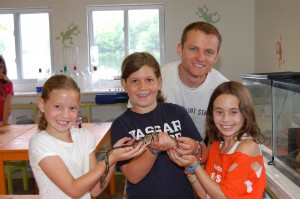 If you like working with children and aspire to a career in a field such as education, sports training, psychology or sociology, then you already have another reason to work at a camp. Camp is an excellent place to gain valuable experience and is impressive on a resume. Although camp seems lighthearted–and it is in many ways–working at camp requires a lot of responsibility, flexibility, and adaptability, all of which are very valuable characteristics sought by employers. Each day guarantees new challenges, many of them unexpected. Summer camp is often organized chaos. Yes, there is always a plan in place, but the unexpected is also inevitable. While this may seem scary the first couple days, it also brings an excitement and satisfaction that delivering pizzas or serving food (or even working at an investment bank) never could. Working at camp also requires a lot of communication and interpersonal interaction, two more transferrable skills that are highly valued by employers. At camp, you must effectively co-exist with your campers, co-counselors, and other staff members to be successful. You will also be able to tell future employers that you worked with people from all over the world and from many different socio-economic backgrounds. That you’ve overcome cultural, language, and social obstacles with others tells recruiters that diversity is not something you fear, but rather embrace.
If you like working with children and aspire to a career in a field such as education, sports training, psychology or sociology, then you already have another reason to work at a camp. Camp is an excellent place to gain valuable experience and is impressive on a resume. Although camp seems lighthearted–and it is in many ways–working at camp requires a lot of responsibility, flexibility, and adaptability, all of which are very valuable characteristics sought by employers. Each day guarantees new challenges, many of them unexpected. Summer camp is often organized chaos. Yes, there is always a plan in place, but the unexpected is also inevitable. While this may seem scary the first couple days, it also brings an excitement and satisfaction that delivering pizzas or serving food (or even working at an investment bank) never could. Working at camp also requires a lot of communication and interpersonal interaction, two more transferrable skills that are highly valued by employers. At camp, you must effectively co-exist with your campers, co-counselors, and other staff members to be successful. You will also be able to tell future employers that you worked with people from all over the world and from many different socio-economic backgrounds. That you’ve overcome cultural, language, and social obstacles with others tells recruiters that diversity is not something you fear, but rather embrace.
Working at summer camp can also be very healthy for your bank account. You won’t become Donald Trump spending your summers at camp. However; camps provide housing and food in addition to a salary. It’s possible to live virtually expense-free for a couple of months. Many summer camp counselors take home all or most of their salaries at the end of the summer.
Finally, you will form lifelong friendships at camp. You may arrive alone and nervous in June, but you will leave in August with 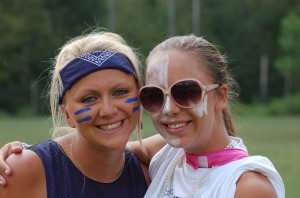 literally hundreds of friends from all over the world. Two months may not seem like a long time, but when one lives and works in close proximity with co-workers, it’s more than sufficient to form bonds that ordinarily would take years. There are always tears on the last day of camp, not only when saying goodbye to your campers, who will have secured a special place in your heart forever, but to co-workers—the ones you know you will see again as well as the ones you know you will not. Regardless, the world will seem like a much smaller place to you.
literally hundreds of friends from all over the world. Two months may not seem like a long time, but when one lives and works in close proximity with co-workers, it’s more than sufficient to form bonds that ordinarily would take years. There are always tears on the last day of camp, not only when saying goodbye to your campers, who will have secured a special place in your heart forever, but to co-workers—the ones you know you will see again as well as the ones you know you will not. Regardless, the world will seem like a much smaller place to you.
Though it may seem early to begin planning such a special adventure with so many possibilities, building a successful camp staff not only requires individuals who possess all of the qualities previously mentioned, it requires finding the right mix of personalities and talents. Such an endeavor, of course, takes time. Camp recruiters review literally thousands of applications each year and speak with hundreds of candidates to find those who are the best fit for their camp’s atmosphere, philosophy and program. Starting your job search while the ground is still white and the tree branches still bare provides you with the advantage of a larger pool of positions from which to choose. By April, most camps have nearly completed their hiring and only difficult to fill or highly specialized roles remain.
So, after a winter of wading through piles of snow, are you ready for a summer full of adventure?



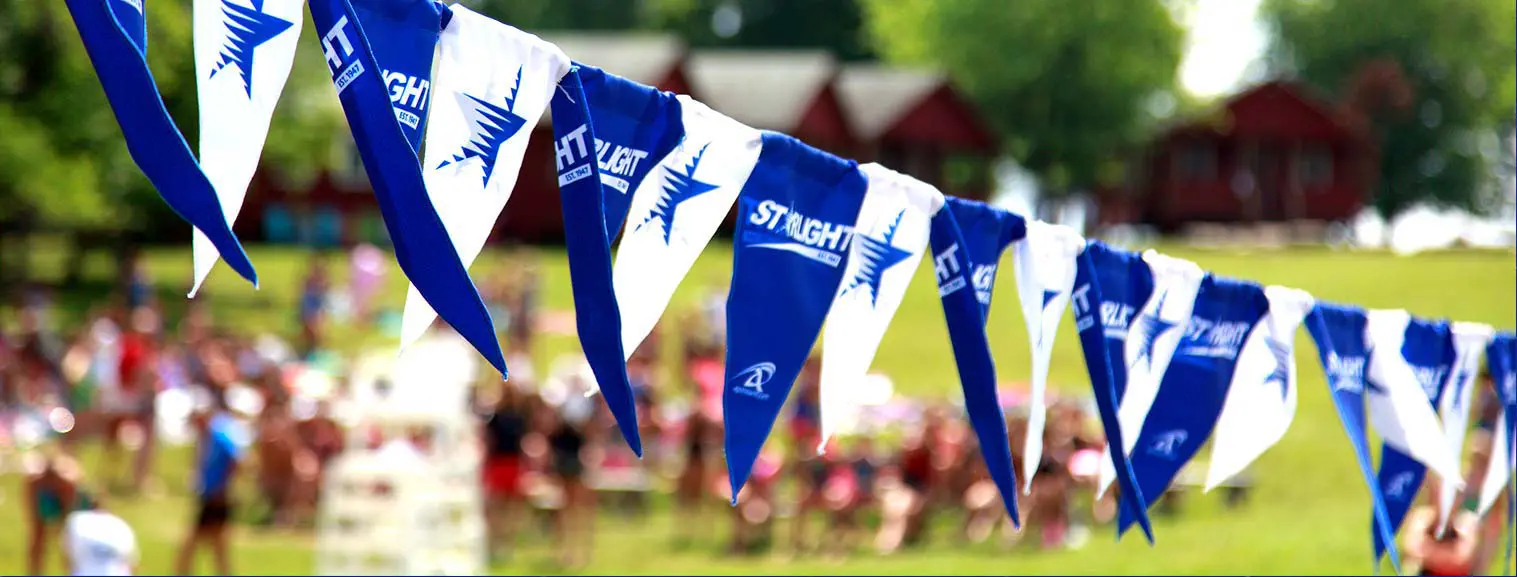

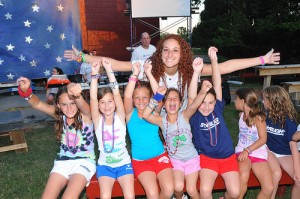
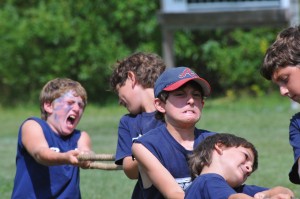
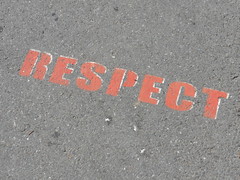 and work, to be successful each person must figure out a unique personal combination of intelligences from his list—disciplined, synthesizing, creating, respectful and ethical mind. Here’s a brief introduction to his categories as well as reasons for why children need to develop these “minds”:
and work, to be successful each person must figure out a unique personal combination of intelligences from his list—disciplined, synthesizing, creating, respectful and ethical mind. Here’s a brief introduction to his categories as well as reasons for why children need to develop these “minds”: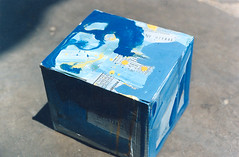 Gardner explains that our changing world especially needs new “respectful” and “ethical “minds. In the future, citizens and workers will rely on “out-of-the-box” and non-linear thinking skills to solve changing and complex challenges.
Gardner explains that our changing world especially needs new “respectful” and “ethical “minds. In the future, citizens and workers will rely on “out-of-the-box” and non-linear thinking skills to solve changing and complex challenges. 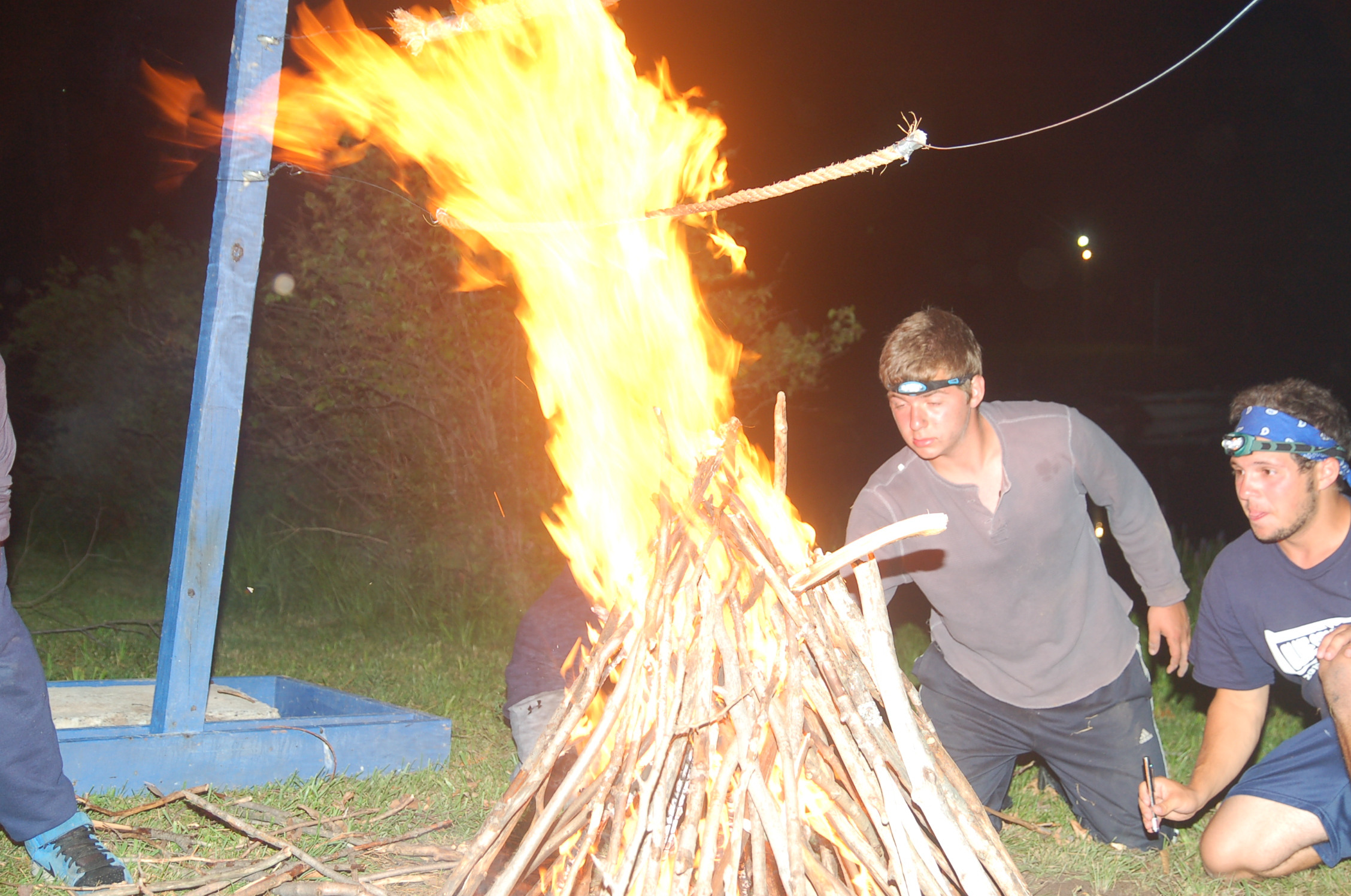
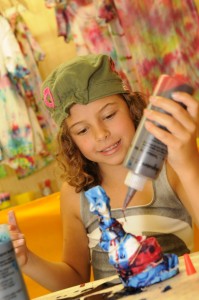
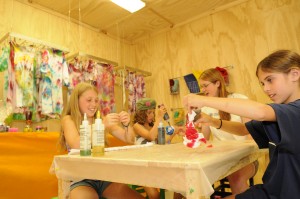

 When I think about “camp songs,” I immediately think about singing around campfires, but each year at camp also has a distinct popular music soundtrack. Recently, campers weighed in on Twitter about the tunes that remind them of past summers and that got me thinking about what the United States and camp was like in the 1960s and 1970s.
When I think about “camp songs,” I immediately think about singing around campfires, but each year at camp also has a distinct popular music soundtrack. Recently, campers weighed in on Twitter about the tunes that remind them of past summers and that got me thinking about what the United States and camp was like in the 1960s and 1970s.
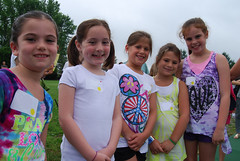 assumptions can be challenged, and where diverse people find ways to celebrate community and appreciate each other. One great thing about camp is that for a few weeks, the world grows a little smaller and everyone listens to the same soundtrack. In a fast-paced and interconnected world, camp “sounds” like the perfect place for connecting with others and as Hadley says, every summer adds up to “good times for campers and staff.” It’s often only later that campers realize how much the experience has shaped them and the way they see the world–much like how hit songs can illuminate the past in retrospect. The music (and fashions) may change through the years, but the core camp experience never goes out of date.
assumptions can be challenged, and where diverse people find ways to celebrate community and appreciate each other. One great thing about camp is that for a few weeks, the world grows a little smaller and everyone listens to the same soundtrack. In a fast-paced and interconnected world, camp “sounds” like the perfect place for connecting with others and as Hadley says, every summer adds up to “good times for campers and staff.” It’s often only later that campers realize how much the experience has shaped them and the way they see the world–much like how hit songs can illuminate the past in retrospect. The music (and fashions) may change through the years, but the core camp experience never goes out of date.

